Find Network Analyzers - Rent & Buy Certified Used
Showing 1 - 15 of 729 results
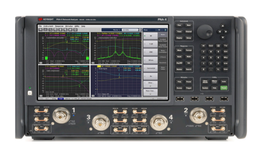
Keysight Technologies N5242B
PNA-X Microwave Network Analyzer; 900 Hz / 10 MHz to 26.5 GHz
Rent
Get QuoteUsed
FromLooking For New?
Finance options available
Keysight Technologies N5245B
PNA-X Microwave Network Analyzer; 900 Hz/10 MHz to 50 GHz
Rent
Get QuoteUsed
FromLooking For New?
Finance options available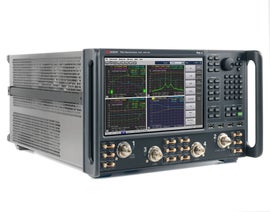
Keysight Technologies N5247B
PNA-X Microwave Network Analyzer; 900 Hz / 10 MHz to 67 GHz
Rent
Get QuoteUsed
FromLooking For New?
Finance options available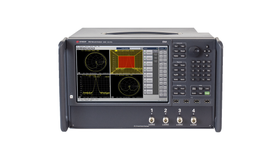
Keysight Technologies E5080B
ENA Vector Network Analyzer
Rent
Get QuoteUsed
FromLooking For New?
Finance options available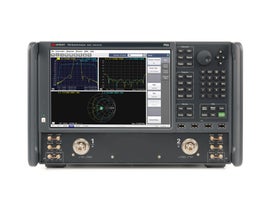
Keysight Technologies N5222B
PNA Microwave Network Analyzer; 900 Hz / 10 MHz to 26.5 GHz
Rent
Get QuoteUsed
InquireLooking For New?
Finance options available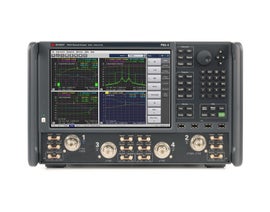
Keysight Technologies N5244B
PNA-X Microwave Network Analyzer; 900 Hz / 10 MHz to 43.5 GHz
Rent
Get QuoteUsed
InquireLooking For New?
Finance options available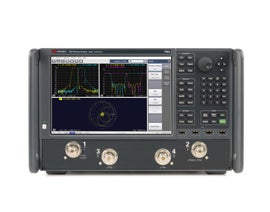
Keysight Technologies N5225B
PNA Microwave Network Analyzer; 900 Hz / 10 MHz to 50 GHz
Rent
Get QuoteUsed
FromLooking For New?
Finance options available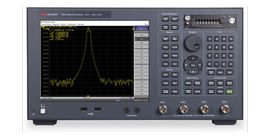
Keysight Technologies E5071C
ENA Series Network Analyzer
Rent
Get QuoteUsed
FromLooking For New?
Finance options available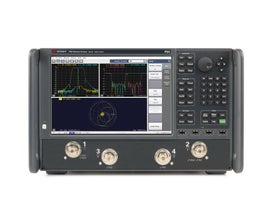
Keysight Technologies N5227B
PNA Microwave Network Analyzer; 900 Hz / 10 MHz to 67 GHz
Rent
Get QuoteUsed
InquireLooking For New?
Finance options available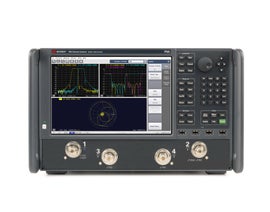
Keysight Technologies N5224B
PNA Microwave Network Analyzer; 900 Hz / 10 MHz to 43.5 GHz
Rent
Get QuoteUsed
InquireLooking For New?
Finance options available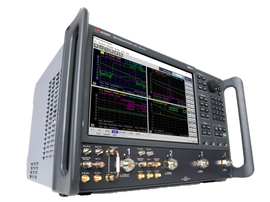
Keysight Technologies E5081A
ENA-X Series Vector Network Analyzer
Rent
Get QuoteUsed
InquireLooking For New?
Finance options available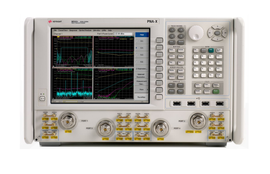
Keysight Technologies N5242A
PNA-X Microwave Network Analyzer; 26.5 GHz
Rent
Get QuoteUsed
FromLooking For New?
Finance options available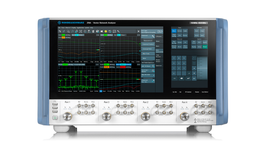
Rohde & Schwarz ZNA43 (1332.4500.44)
Vector Network Analyzer; 4 Port, 2.92 mm Connectors, 10 MHz to 43.5 GHz
Rent
Get QuoteUsed
FromLooking For New?
Finance options available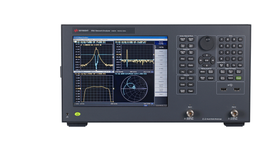
Keysight Technologies E5061B
ENA Vector Network Analyzer
Rent
Get QuoteUsed
InquireNew
From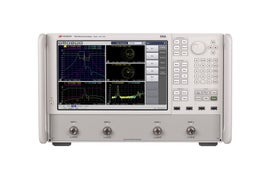
Keysight Technologies E5080A
Vector Network Analyzer; ENA Series
Rent
Get QuoteUsed
FromLooking For New?
Finance options availableShowing 1 - 15 of 729 results
Frequently Asked Questions
What are network analyzers used for?
Network analyzers are a type of test equipment for measuring the network parameters of electrical networks. Radio frequency network analyzers can be used across both radio frequencies and microwave frequencies. Used to identify and solve network communication problems and optimize networks, these test instruments have a range of uses and applications in telecommunications, aerospace and defense, automotive, and a range of other industries.
How do network analyzers work?
Network analyzers are normally made up of four main components: a signal generator, a test set, a receiver or receivers, and a display. Usually, they have two test ports, allowing the measurement of four S-parameters, although instruments are available with more ports. The analyzer generates a signal, then the test set routes this known signal to the device under test and the receiver(s) make the measurements of the ratios between input and output signals. Then, this signal is formatted visually on the display.
Most modern network analyzers are vector network analyzers (VNAs). These offer improved performance because vector network analysis measures both magnitude and phase as well as being able to make time-domain measurements, match complex impedances, and more. In contrast, old network analyzers known as scalar network analyzers (SNAs) were only able to measure magnitude.
What are the different types of network analyzers?
There are a few different types of RF and microwave network analyzers that measure network parameters in different ways.
Vector network analyzers (VNAs) are a common type of network analyzer and are sometimes referred to as automatic network analyzers or gain-phase meters. These measure both the amplitude response and phase of the device under test (DUT). The measurement of phase allows for a better characterisation of the network and device. VNAs do this by generating a signal and taking measurements of the transmitted and reflected waves through the device under test. Most of the time, when people refer to network analyzers, they are talking about VNAs.
Scalar network analyzers (SNAs) are a less often used type of network analyzer that can only measure the amplitude properties of the device that is being tested. This means that it is simpler and can measure fewer parameters than a vector network analyzer. They are often cheaper than VNAs due to their limited performance.
Large Signal Network Analyzers (LSNAs) are less common and are used to analyze networks under large signal conditions.
What's the difference between a network analyzer and a spectrum analyzer?
Both electrical testing instruments are designed for the measurement and analysis of radio and microwave frequencies, although there are some key differences between network and spectrum analyzers. First, the measurements they make are different. While a spectrum analyzer is for the measurement of existing signals in the frequency domain, a network analyzer generates a signal and measures the response to test the network.
Also, microwave and RF network analyzers are more accurate in their measurements than spectrum analyzers, using vector-error correction. Meanwhile, spectrum analyzers tend to have a wider range of intermediate frequency (IF) bandwidths available than network analysis tools.
If you're looking to purchase or rent a spectrum analyzer, you can browse our wide range of rental and certified pre-owned spectrum analyzers here.
Why purchase a used network analyzer?
For network analysis on a budget, purchasing a certified pre-owned network analyzer is one of the most cost-effective options. We carefully source quality used network analyzers from leading brands such as Keysight Technologies and Rohde & Schwarz. Each instrument undergoes our rigorous 23-step certification process and calibration (calibration certificates) is included. With our careful selection process, you can feel at ease that your certified pre-owned network analyzer is of the highest quality.
What are the benefits of network analyzer rental?
Another cost-effective solution to all your analysis needs is network analyzer rental. Flexible and cost-effective, renting test equipment is a great way to access top-of-the-range assets while protecting your capital expenditure. We also offer a range of financial solutions to suit your requirements, including our purchase solution, rental, operating leases, and a rent to own solution.
RF & Microwave Network Analysers
We provide a wide range of products from industry-leading manufacturers so you can always find the RF & microwave network analyzer you need. Coupled with independent expert advice and a range of smart solutions for fast, flexible access, we will help you find you the ideal solution.
Perfect for use in the field or if bench space is at a premium, these lightweight and high-performance network analyzers are suitable for a range of applications.
To look at networks in the frequency range of 20Ghz and above, browse our top performance analyzers to find the right instrument for your needs.
Designed for frequency ranges of 0-20GHz, these network analyzers include specialist analyzers designed for lower frequencies.
Compact, faceless, and easily paired with an external computer using a USB connection, these modular vector network analyzers are suited to a range of applications.
Regular user calibration is essential to ensure the accuracy of your network analyzer's measurements. These VNA calibration kits allow you to correct for systematic errors and prepare your analyzer for use.
For all your network analysis needs, view all our test sets here.
Looking for other types of RF and microwave testing equipment? Browse our signal generators, spectrum analyzers, and power, noise and other test equipment.


